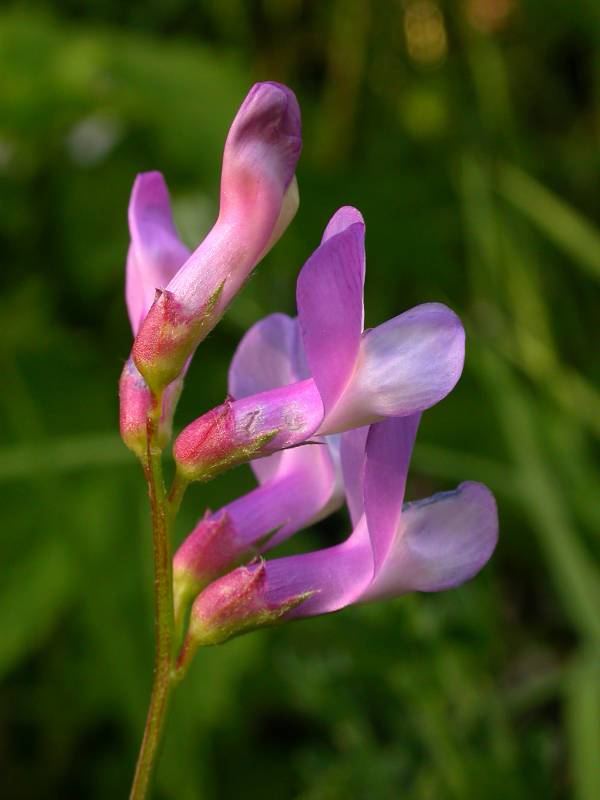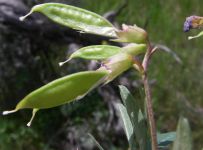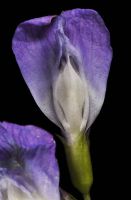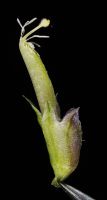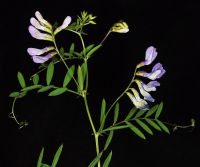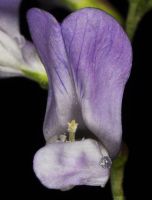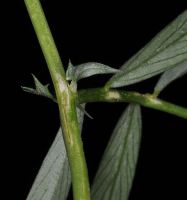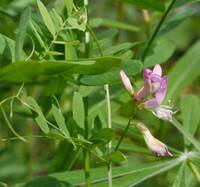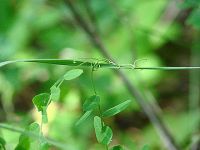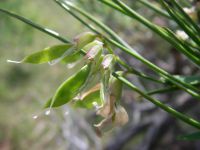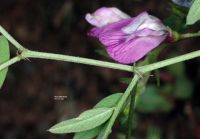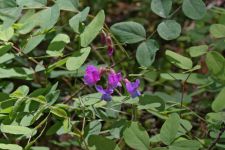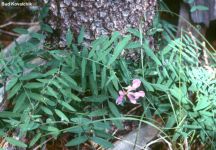Distribution: Widely distributed on both sides of the Cascades crest throughout much of Washington; Alaska to California, east across North America, except in the southeastern U.S., to the Atlantic Coast.
Habitat: Moist forest openings, forest edge, thickets, meadows, prairies, and disturbed areas.
Flowers: May-July
Origin: Native
Growth Duration: Perennial
Conservation Status: Not of concern
Pollination: Bumblebees, bees, butterflies, flies
Variable species, nearly glabrous to densely pubescent perennial, the angled stems 1.5-8 dm. tall, trailing to erect.
Leaves pinnate, with a terminal simple or branched tendril; leaflets 8-12, linear to oval, thin to leathery, sub-glabrous to densely pubescent, acute to truncate or occasionally 3-toothed, 1-3 cm. long, with a needle-like tip; stipules crescent-shaped, 3-8 mm. long, deeply lacerate.
Inflorescence of loose, axillary racemes, with 4-10 bluish-purple flowers 12-25 mm. long; calyx 1/3 as long as the corolla, the 5 teeth half the length of the tube; corolla pea-like, the wings longer than the keel and joined with it near mid-length; style densely bearded at the tip.
Pod 2.5-3.5 cm. long, flattened.
Publication: Sp. Pl., ed. 4 [Willdenow] 3(2): 1096. 1802.
-
var. americana – American vetch
 Widely distributed on both sides of the Cascades crest throughout much of Washington; Alaska to California, east across North America, except in the southeastern U.S., to the Atlantic Coast.
Widely distributed on both sides of the Cascades crest throughout much of Washington; Alaska to California, east across North America, except in the southeastern U.S., to the Atlantic Coast.
PNW Herbaria: Specimen records of Vicia americana in the Consortium of Pacific Northwest Herbaria database
WA Flora Checklist: Vicia americana checklist entry
OregonFlora: Vicia americana information
E-Flora BC: Vicia americana atlas page
CalPhotos: Vicia americana photos

